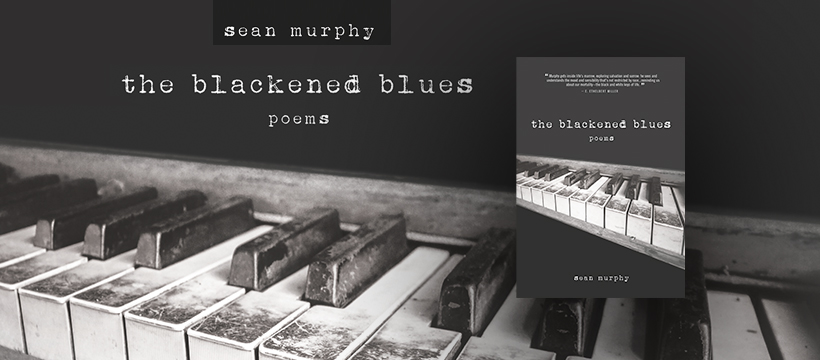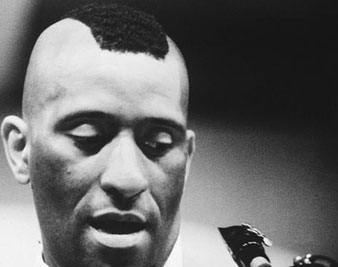
I’m happy to announce that my first poetry collection, The Blackened Blues, is available wherever you buy books (yes, *wherever*, so you don’t have to put more money in Rocket Man’s pocket; you can go directly to my publisher, Finishing Line Press, or support my pals (and 1455 partners) at D.C.’s The Potter’s House).
THE BLACKENED BLUES is part of a large and ongoing project that discusses (and celebrates) some of the author’s personal heroes who remain far less celebrated than they deserve to be. As it happens, many of them are musicians, hampered in various ways by discrimination, ranging from old fashioned racism to institutional and cultural indifference. Though there’s an elegiac sadness suffusing these poems, there’s also acknowledgment of defiant genius: they fought their battles bravely, in their art and in their lives. This collection seeks to capture something (or, hopefully, more than a few things) essential about their lives, bearing witness while also paying homage.
I’d like to introduce the collection, one poem at a time (in the order they appear in the book), and tell a little bit about the inspiration for each, by way of explanation and in tribute.
Next up is “Sonny Rollins’s Bridge” (Gratitude to the wonderful Burningword Literary Journal for publishing this poem.)
There are certain artists who are so incomparable, as artists, as human beings, as role models, that enough good things cannot possibly be said. There are not many in this category, but if anyone is, Rollins must be included. Ceaselessly humble, relentlessly ambitious and seldom (if ever) satisfied with his performances, Rollins is the rarest of birds: the enlightened being who figured out early on how to live life in full, on his own terms, and has never strayed from that almost monastic path.
The last century blessed America with more than a handful of geniuses whose lives and work will be studied and appreciated many, many centuries after they are gone. Rollins is most definitely on the short list of masters who can teach us a great deal about ourselves and how we should aspire to be, and in the process, as all great art inevitably does, make that life quest immeasurably richer and more enjoyable in the process.
Sonny Rollins’s Bridge
It wasn’t his bridge, of course.
It wasn’t even his city, and it certainly wasn’t
his world. It’s your world, jazz music says,
I’m just living in it. And the world’s a workshop.
Sonny was different, though. Even for one
we’d call young gifted & black without being
bromidic. Sonny heard so much but mostly
only listened to himself, waiting and creating
his own kind of way, expressing everything.
How do we describe the kind of man already
in rarified air deciding he wasn’t high enough
(having already eschewed the artificial ecstasy
that ruins veins and soils brains, Body & Soul)?
This colossus, keeping his own council, split
his apartment to set up shop in the crow’s nest
of the Williamsburg Bridge, perhaps the one
place aside from the Arctic Circle where no one
could see or hear history being picked apart
like a carcass, and then reassembled in real time.
Three years of this. Almost a thousand days
while the world spun, the cash registers rung,
and so many pretenders to the throne ascended
for lack of better options. Sun turned to snow
and dawn turned to dark and there were still
all those sounds: a style being tweaked, a gift
being refined, an experiment being improvised.
The quest for vision, it’s said, will make
otherwise steady men see outlandish sights:
as they deprive themselves of human fuel
they become something at once less & more
than a vessel; the spirits speak to and through
them and once that barrier is broken, one sees
oneself changed, then begins changing the world.
(*In 1959, feeling pressured by his unexpected rise to fame, Rollins took a three-year hiatus to focus on perfecting his craft. A resident of the Lower East Side of Manhattan with no private space to play, he took his saxophone up to the Williamsburg Bridge to practice alone.)

